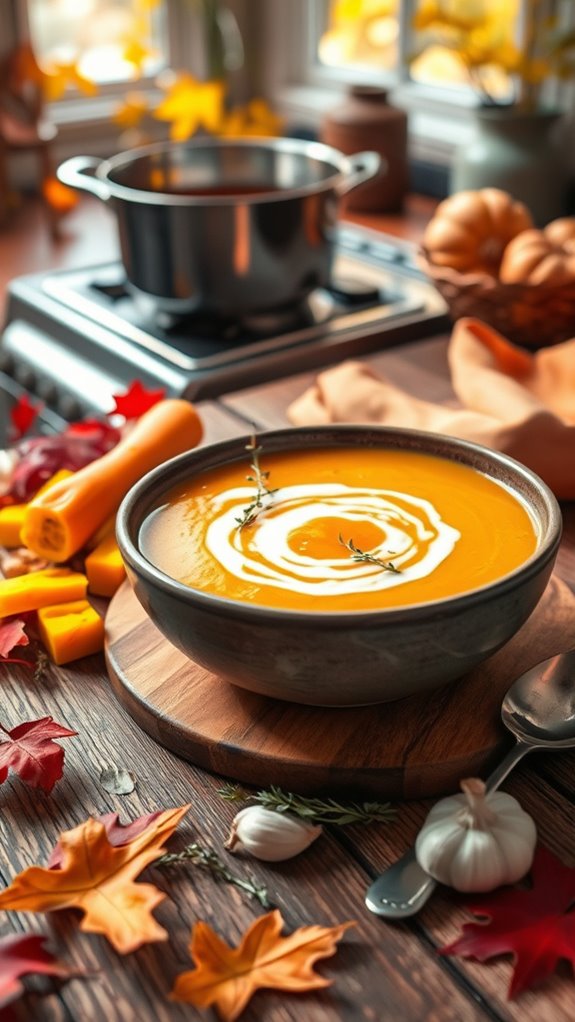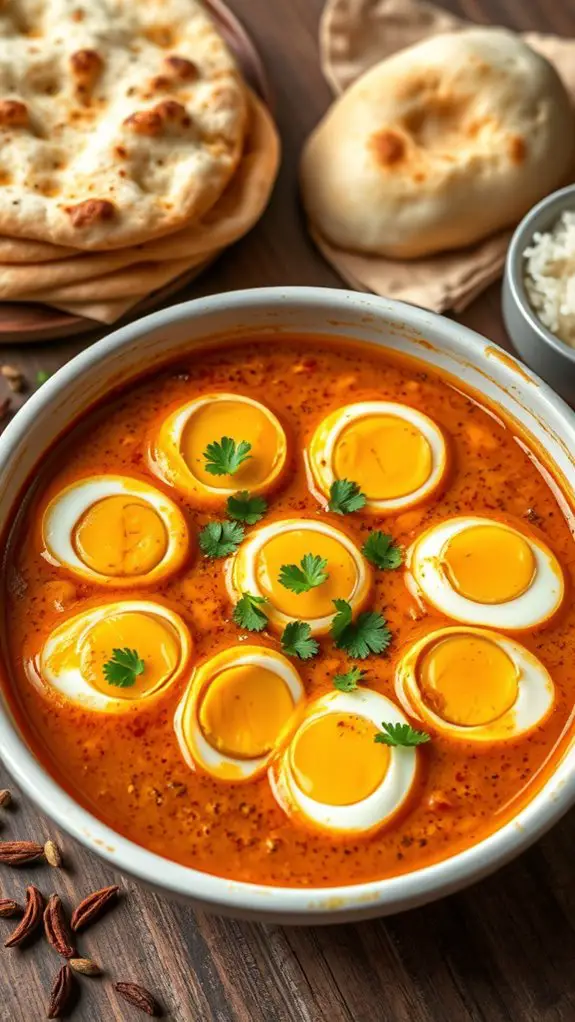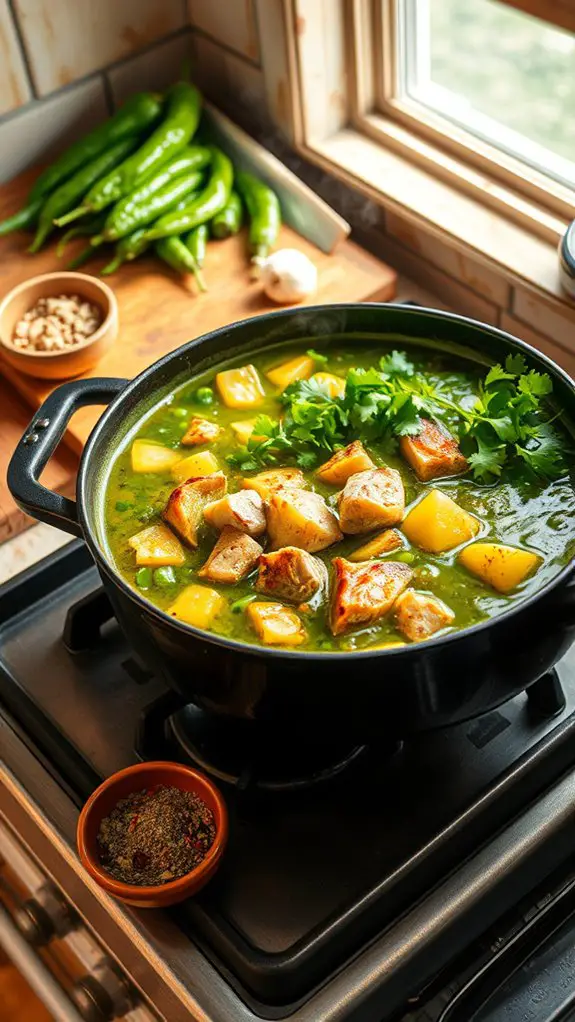Cheese Tray
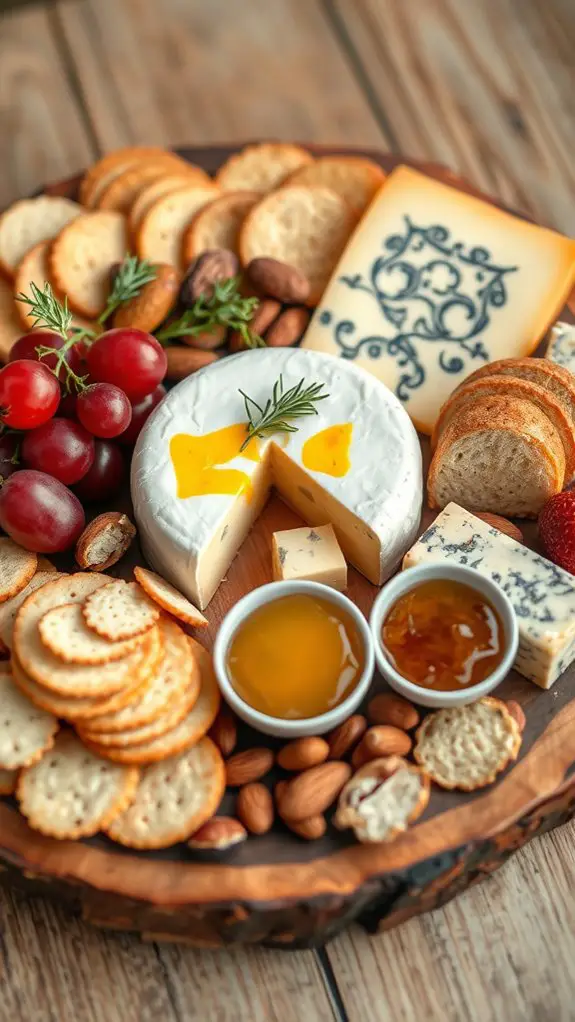
Whether you're hosting a sophisticated soirée or a cozy gathering, a cheese tray is the ultimate crowd-pleaser. It captivates the senses with its vibrant array of textures, flavors, and colors. Open up a world of culinary exploration as your guests set off on a sensory journey, discovering new favorites and pairing them with the perfect accompaniments. Immerse yourself in the rich history and artistry behind this versatile centerpiece, and prepare to elevate your next event with a showstopping cheese tray.
History

Though the origins of the cheese tray can be traced back to ancient civilizations, it was during the Middle Ages that the practice of serving an assortment of cheeses truly flourished.
As trade routes expanded, European monasteries and noble households embraced the diverse flavors and textures of local and imported cheese varieties. From sharp cheddar to creamy brie, these artisanal delights became a cornerstone of lavish banquets and intimate gatherings.
Today, the cheese tray continues to captivate palates, allowing hosts to showcase the rich history and boundless creativity inherent in the art of cheese-making.
Recipe
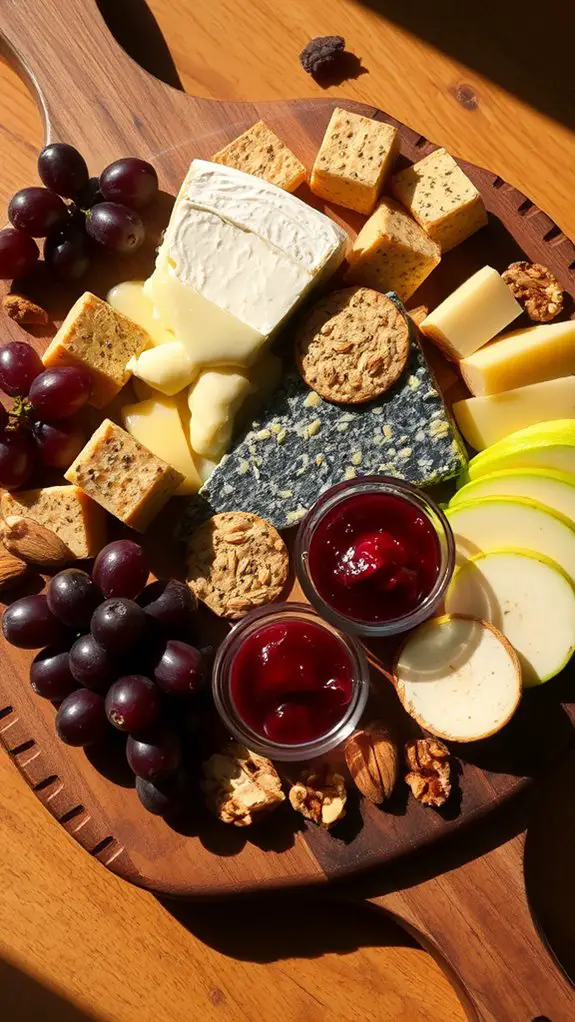
Putting together a delicious cheese tray is a simple yet elegant way to entertain. The key is to select a variety of cheeses that offer different textures, flavors, and milk types. This creates a visually appealing and flavorful platter that's sure to impress your guests.
When choosing cheeses, consider a mix of soft, hard, and aged varieties. Soft cheeses like brie or camembert pair well with crisp crackers or fresh fruit, while hard cheeses like cheddar or gouda offer a satisfying chew. Aged cheeses, such as parmesan or blue, add depth and complexity to the selection.
- Assorted cheese (e.g., brie, cheddar, gouda, blue cheese, parmesan)
- Crackers or bread
- Fresh fruit (e.g., grapes, figs, apple slices)
- Nuts (e.g., almonds, walnuts, pecans)
- Jam or chutney (optional)
Arrange the cheeses, crackers, fruit, and nuts on a serving platter or wooden board. Group similar items together for a visually appealing presentation. Serve with small plates and utensils to allow guests to easily build their own cheese plates.
For an extra touch, add a small bowl of jam or chutney to complement the flavors of the cheese.
When selecting cheeses, remember to choose a range of textures and flavors to create a well-balanced cheese tray. Allow the cheeses to come to room temperature before serving to enhance their flavors.
Enjoy your delightful cheese tray with friends and family!
Nutritional Guide
A cheese tray can offer a nutritious and satisfying snacking option, provided you make thoughtful selections.
When assembling your cheese board, include a variety of cheese types – soft, hard, aged, and fresh – to deliver a range of flavors, textures, and nutritional benefits.
Portion sizes are key; stick to 1-2 ounces of cheese per person to enjoy the flavors without overindulging.
Look for cheeses rich in protein, calcium, and other essential nutrients.
Pair your cheese selections with fresh fruit, nuts, whole-grain crackers, and other nutrient-dense accompaniments for a well-balanced, satisfying spread that checks the boxes for both flavor and nutrition.
Final Thought
Thoughtful curation is the key to a cheese tray that tantalizes the taste buds and nourishes the body. Pair your selection with complementary accompaniments like dried fruits, nuts, and artisanal crackers, creating a symphony of flavors.
Arrange the cheeses in a visually appealing manner, showcasing their diverse textures and colors. Serve at room temperature to maximize their aromatic profiles, and don't forget to provide guests with proper serving utensils.
This final touch elevates the experience, allowing everyone to savor each bite fully. A well-crafted cheese tray is a true celebration of the senses, inviting you to indulge, explore, and create lasting memories.
